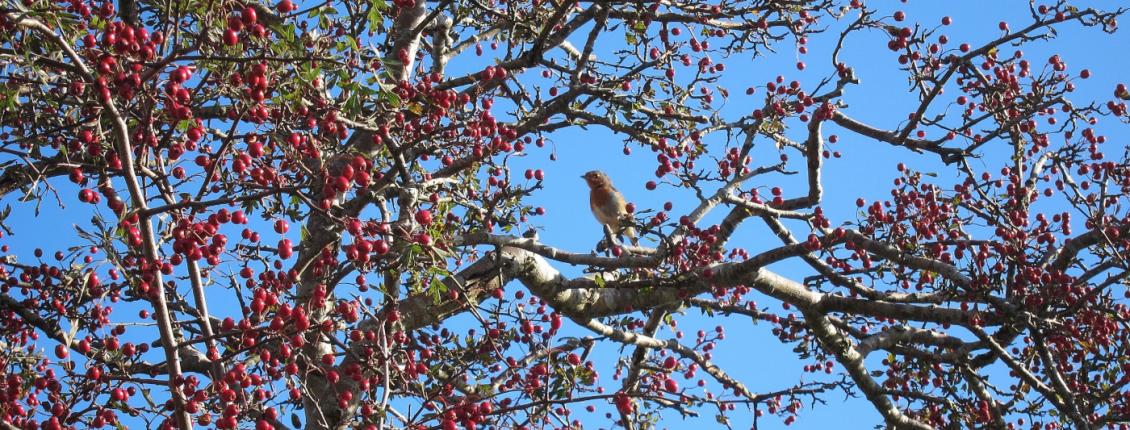September 25, 2023
Kaidi Silm
Now hedges and shrub strips structuring the agricultural landscape can be created more consciously
In the framework of the "LIFE IP ForEst&FarmLand" project, the University of Tartu Landscape Biodiversity Workgroup has completed a guide on, planting hedges and shrub strips, aiming to provide recommendations on how to increase biodiversity in agricultural landscapes. Among other things, you will find answers to questions like which species to use, how to plan your planting, and what to pay attention to when it comes to maintenance.
Hedges and shrub strips diversify agricultural landscapes, create corridors for the movement of different species between green areas, and also provide a habitat and feeding ground for plants, birds, bats, and other small mammals, earthworms and various arthropods such as spiders, beetles, and crickets.
They also help regulate the microclimate of the area and prevent the spread of pollutants from the field to the surrounding countryside and from the roads to the fields.
Together with the strips of grassland that surround them, hedges and shrub strips are good landscape elements for providing fields with pollinators and natural enemies of pests.
For other agroecological techniques, see the website www.heapold.ee.
Photo: The hawthorn, which flowers and bears berries, provides food for different species at different times (Kristiina Jürisoo).
